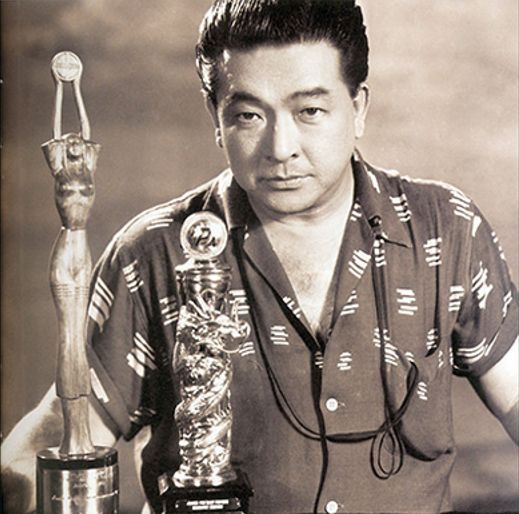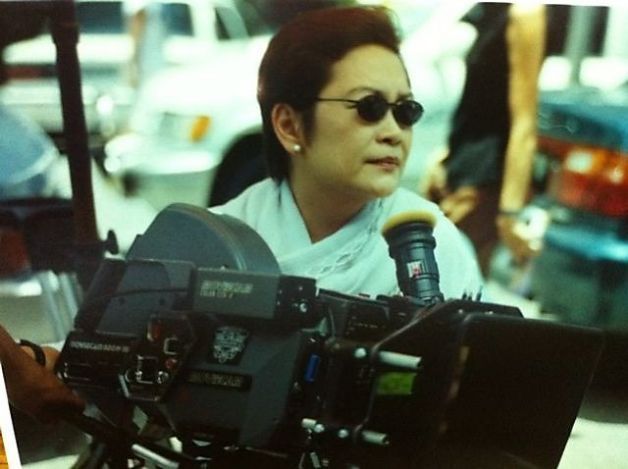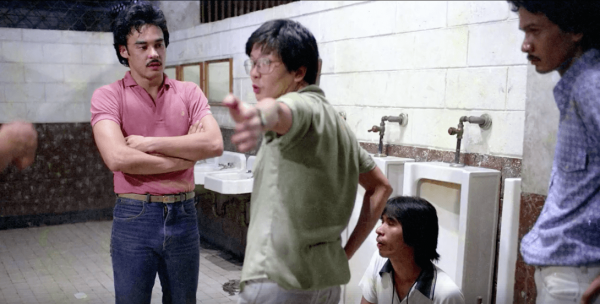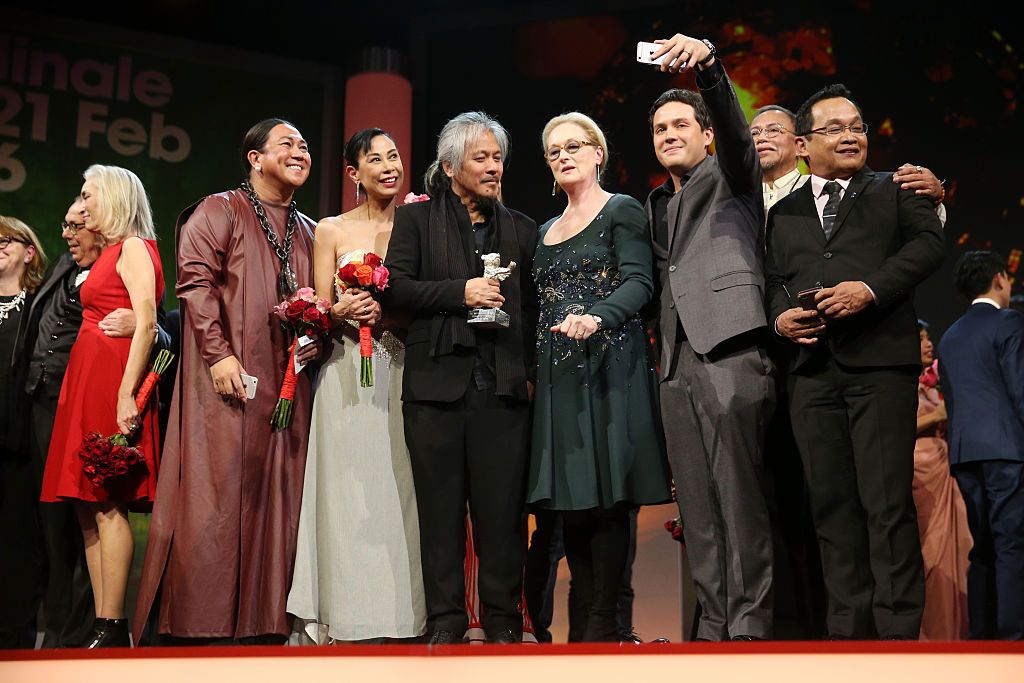Notable works: Norte, Hangganan ng Kasaysayan (2013), Mula sa Kung Ano ang Noon (2014), Hele sa Hiwagang Hapis (2016), Ang Babaeng Humayo (2016), Ang Panahon ng Halimaw (2018)
Perhaps the most famous for garnering almost all of the most prestigious international accolades in the industry, Lav Diaz is greatly revered among the current generation of Filipino film directors. But surprisingly, he did not gain much public attention worldwide until recently with Norte, Hangganan ng Kasaysayan.
Born Lavrente Indico Diaz, he is a filmmaker and former film critic whose career began in the early '90s. His roster of films since the 2000s were praised by award-giving bodies: Batang West Side (Singapore International Film Festival, Independent Film Festival of Brussels, and Network for the Promotion of Asian Cinema or NETPAC), Heremias (Fribourg International Film Festival), Kagadanan sa Banwaan ning mga Engkanto (Venice International Film Festival, Toronto International Film Festival), Melancholia (Venice International Film Festival), Siglo ng Pagluluwal (Venice International Film Festival), and Florentina Hubaldo (Jeonju International Film Festival, Images Festival). His films often tackle the current social and political state of the Philippines, including his historical epics written to be relevant to today's struggles of the nation.
His landmark film Norte was screened in the Un Certain Regard section of the 66th Cannes Film Festival. This brought his career head-to-head with another internationally acclaimed Filipino director, Brilliante Mendoza, who had been featured at Cannes a decade prior. However, Diaz's filmmaking style was distinct (and could even be easily recognised): black-and-white, with an establishing shot of each scene taking almost more than a minute. With this, he is known as one of the key members of the slow cinema movement, with some of his films marked as having the longest-running time on record.
Diaz's films break genres and are quite experimental, but all stay true to his directorial style. His works are arguably the most ambitious independent Filipino films for touching on themes relevant to the masses, made with low-budgeted productions, but with exquisitely written screenplays that are continuously digested by critics here and abroad.
His most prestigious awards earned were the Silver Bear Alfred Bauer Prize for Hele sa Hiwagang Hapis at the Berlinale and the Golden Lion at the Venice International Film Festival for Ang Babaeng Humayo. He also received the Golden Leopard at the 2014 Locarno International Film Festival for Mula sa Kung Ano ang Noon.
See also: Lav Diaz's "Ang Hup" (The Halt, 2019)












